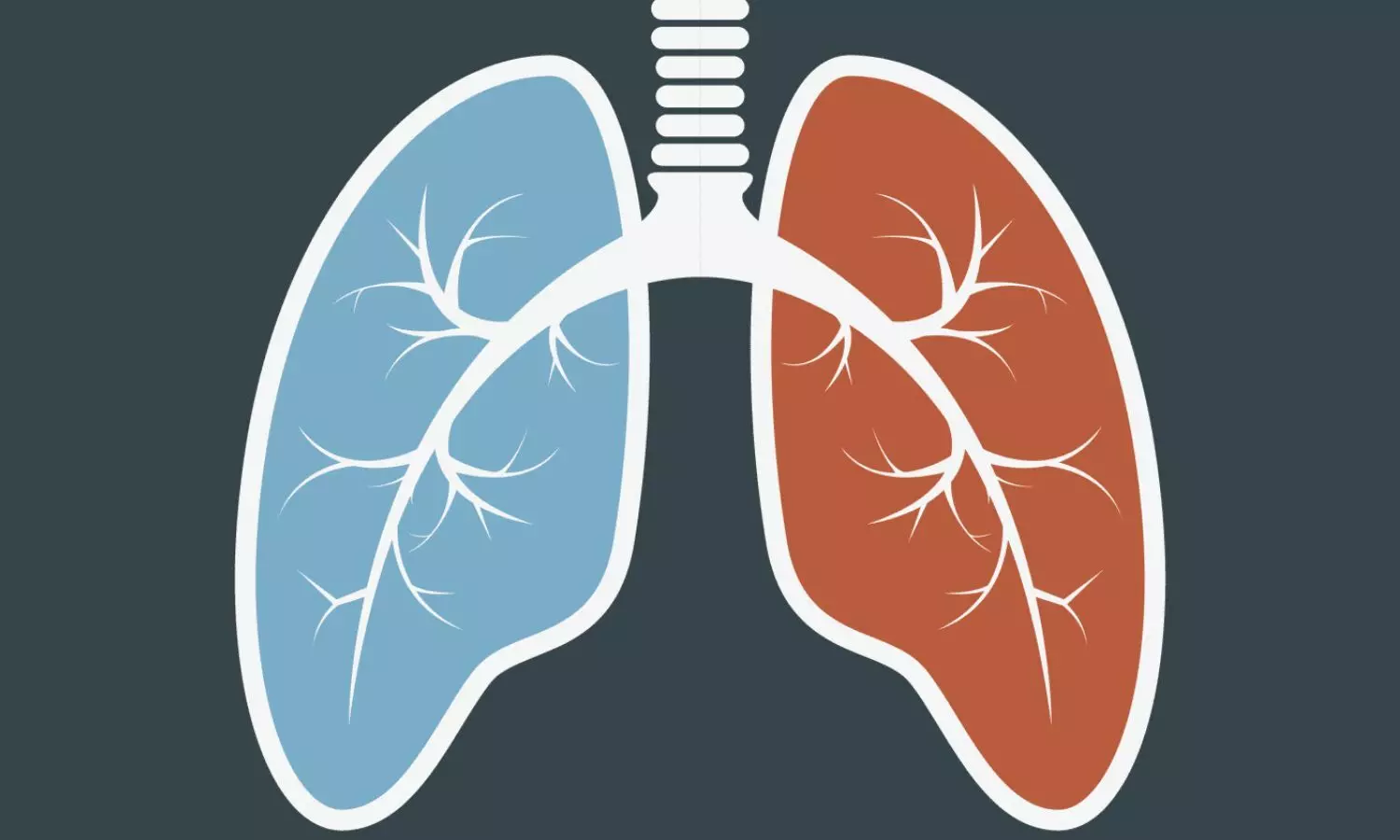NIA inks MoU with Thailand for academic collaboration in Thai traditional medicine and Ayurveda

Jaipur: The National Institute of Ayurveda, Jaipur under the Ministry of Ayush of the Government of India and the Department of Thai Traditional and Alternative Medicine of the Ministry of Public Health of the Government of the Kingdom of Thailand signed a Memorandum of Understanding (MoU) on the establishment of an Academic Collaboration in Ayurveda and Thai Traditional Medicine in New Delhi, India at 10th India-Thailand Joint Commission Meeting held at Hyderabad House, New Delhi.
Shri B.K. Singh, Joint Secretary, Ministry of Ayush, Government of India, and Dr. Taweesin Visanuyothin, Director General, Department of Thai Traditional and Alternative Medicine Thailand signed the MoU in the presence of other dignitaries during the event.
The initiative has been taken to promote, facilitate, and develop academic collaboration in the field of Ayurveda and Thai Traditional Medicine based on equality and mutual benefit of the Participants. This MoU will facilitate the exchange of experts for research and training programs, academic and technical activities, and conducting research, exchange of information, technologies, and best practices of Traditional Medicine.
The Participants will take necessary steps to encourage and promote cooperation in facilitating academic and technical activities and conducting research for mutual benefits. Exchanging and accommodating experts, teaching instructors, practitioners, and students for research and training programmes. Exchanging knowledge, experiences, information, technologies, and best practices. Providing scholarships for education.
Promoting the participation of experts in conferences, workshops, seminars, and events held by the Participants and other important areas of cooperation, with the mutual consent of the Participants.
During implementation of this MOU, the Participants, within their capacities will support each other with mutual cooperation and collaborative activities on the basis of equality and mutual benefits by facilitating training courses in Thailand and India, conducting collaborative research studies on diseases of common interest to both Participants and visits and exchanges of policy makers, academics, experts, researchers, practitioners, and students.
NIA and Department of Thai Traditional and Alternative Medicine, Thailand will share information on regulatory mechanisms, best practice, guidelines of practice and courses of study and training; and organize conferences/meetings alternately in India and Thailand and reviewing the progress of the implementation of the MOU and the evaluation of the results of collaborative programmes.
Powered by WPeMatico









